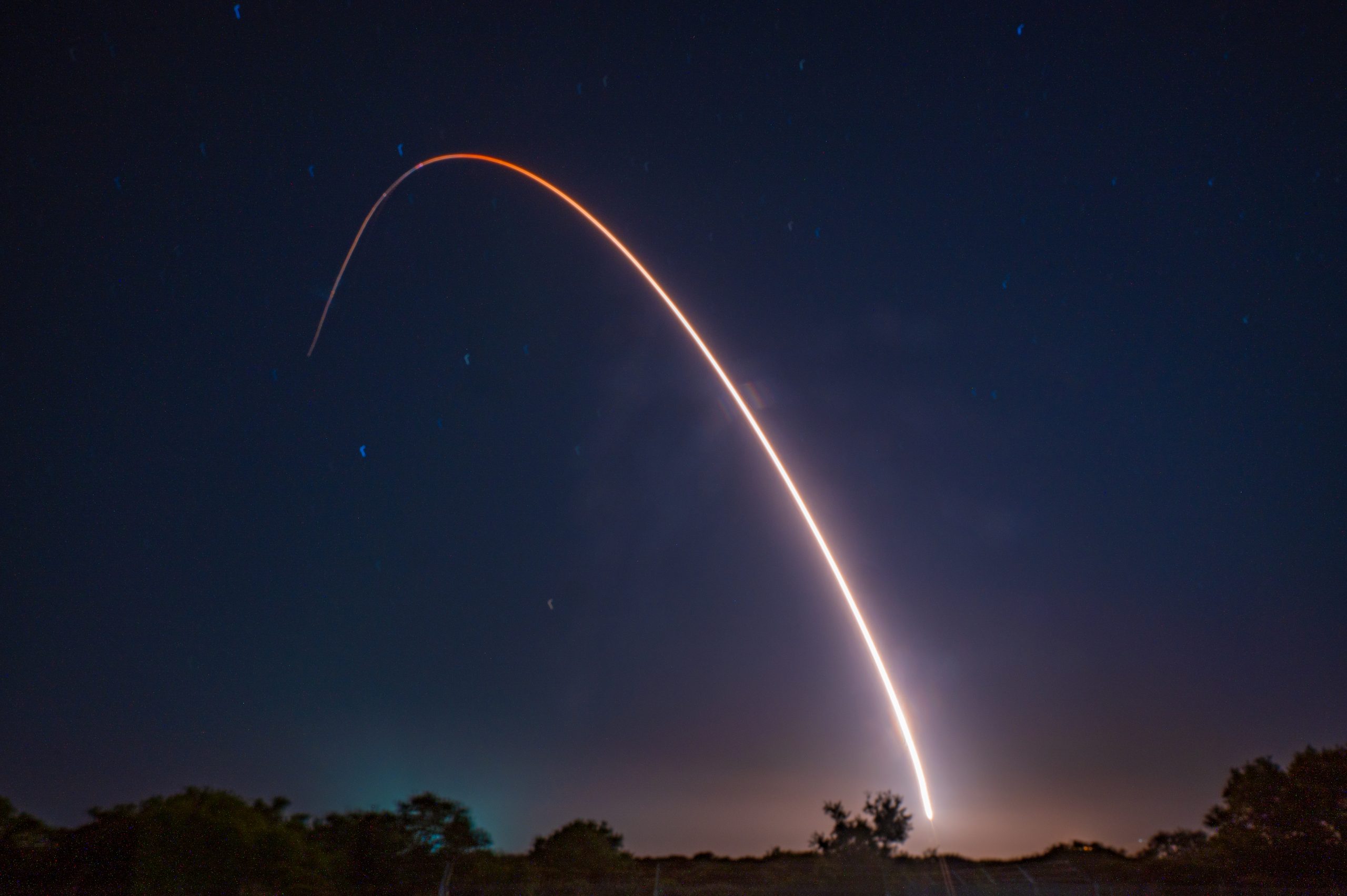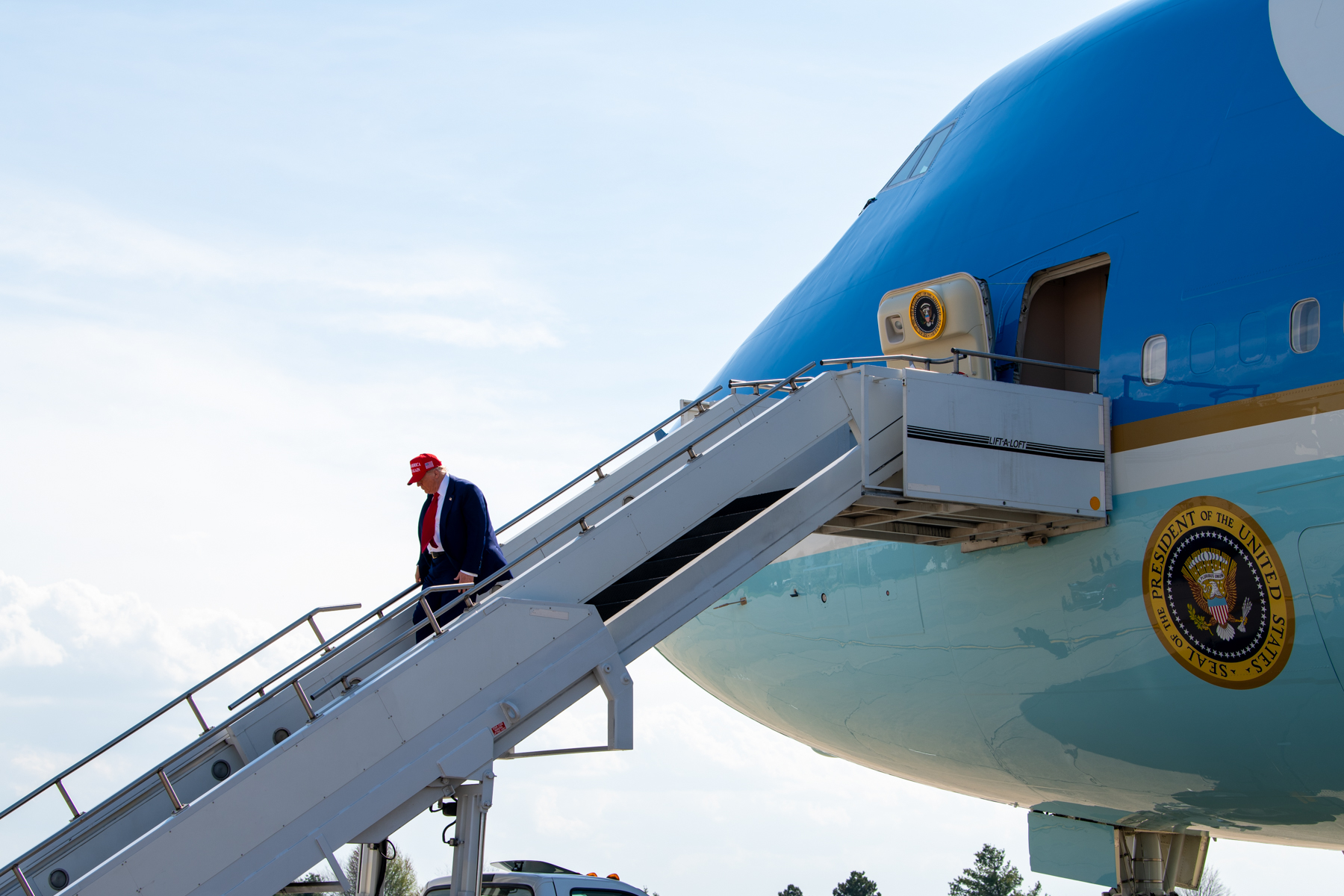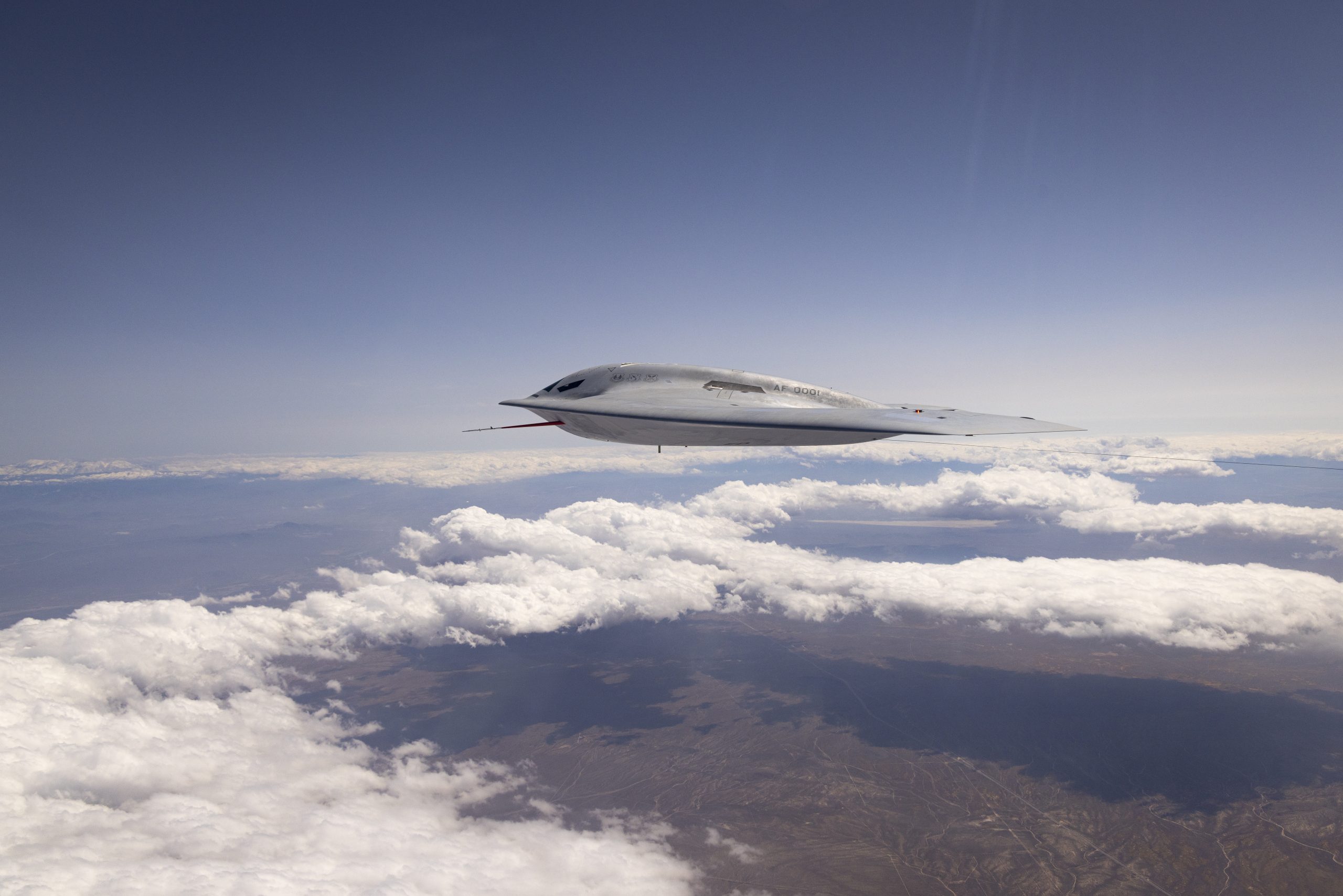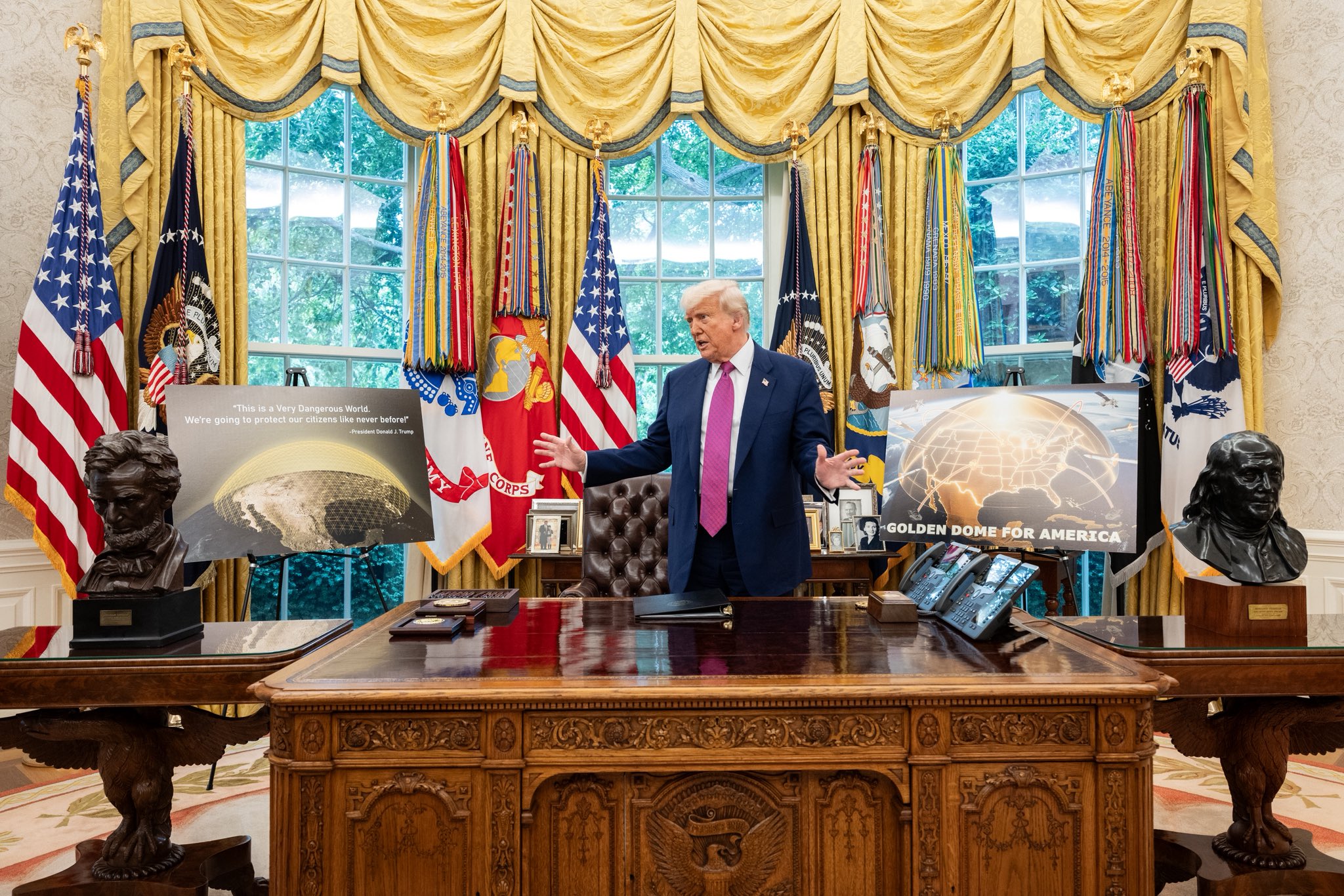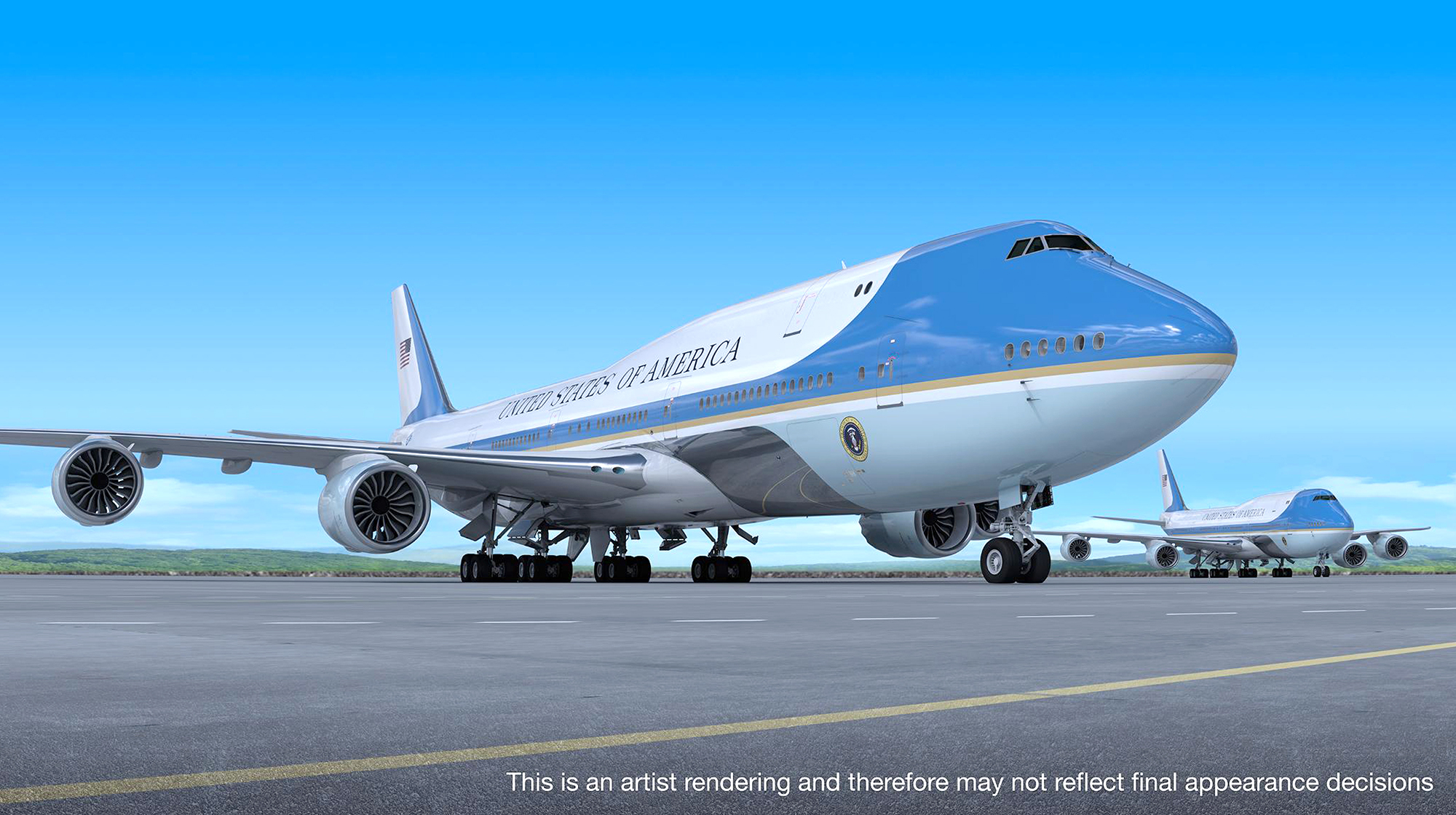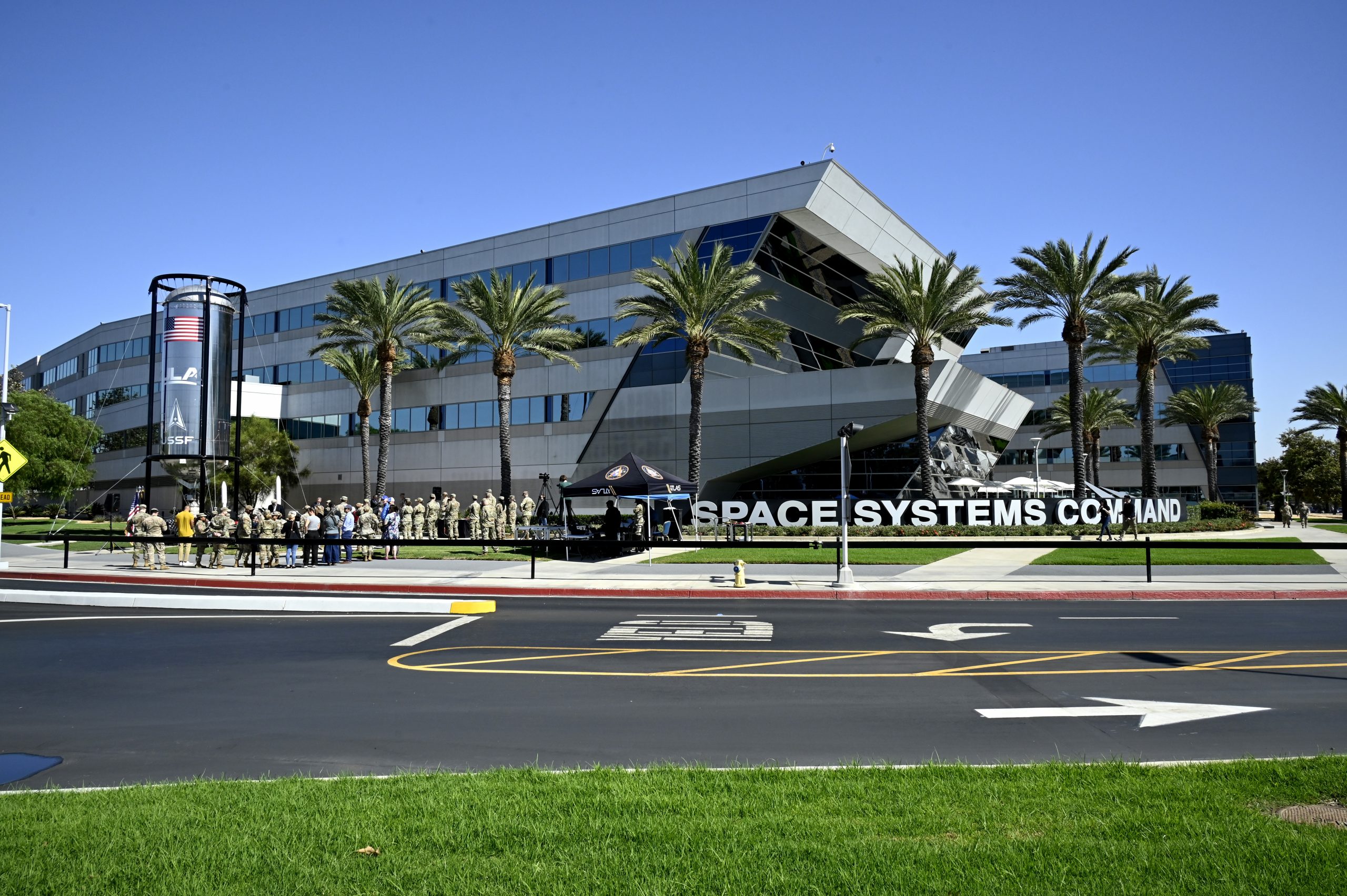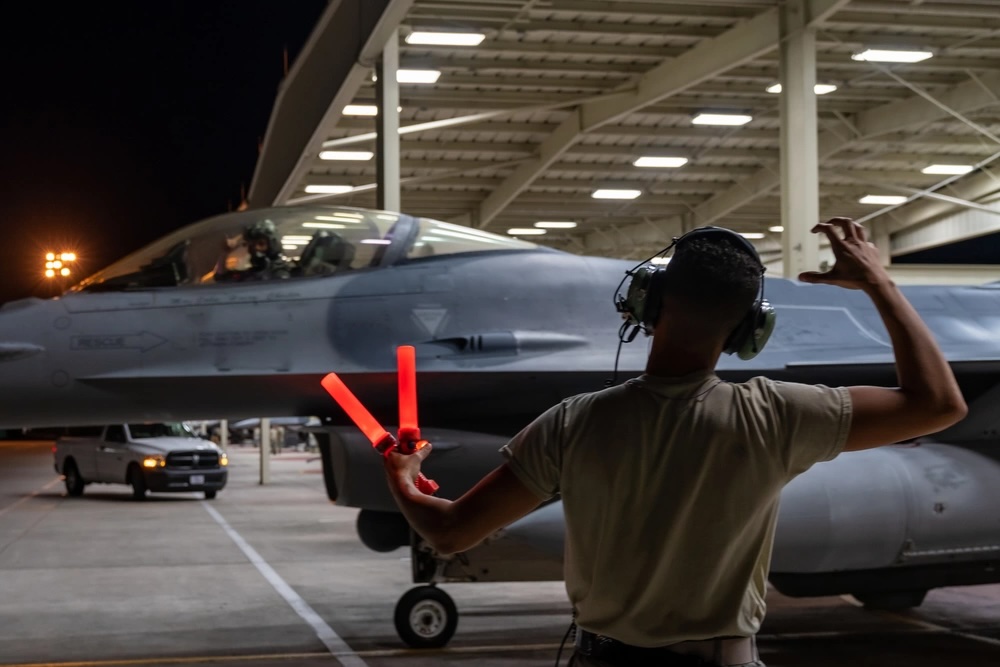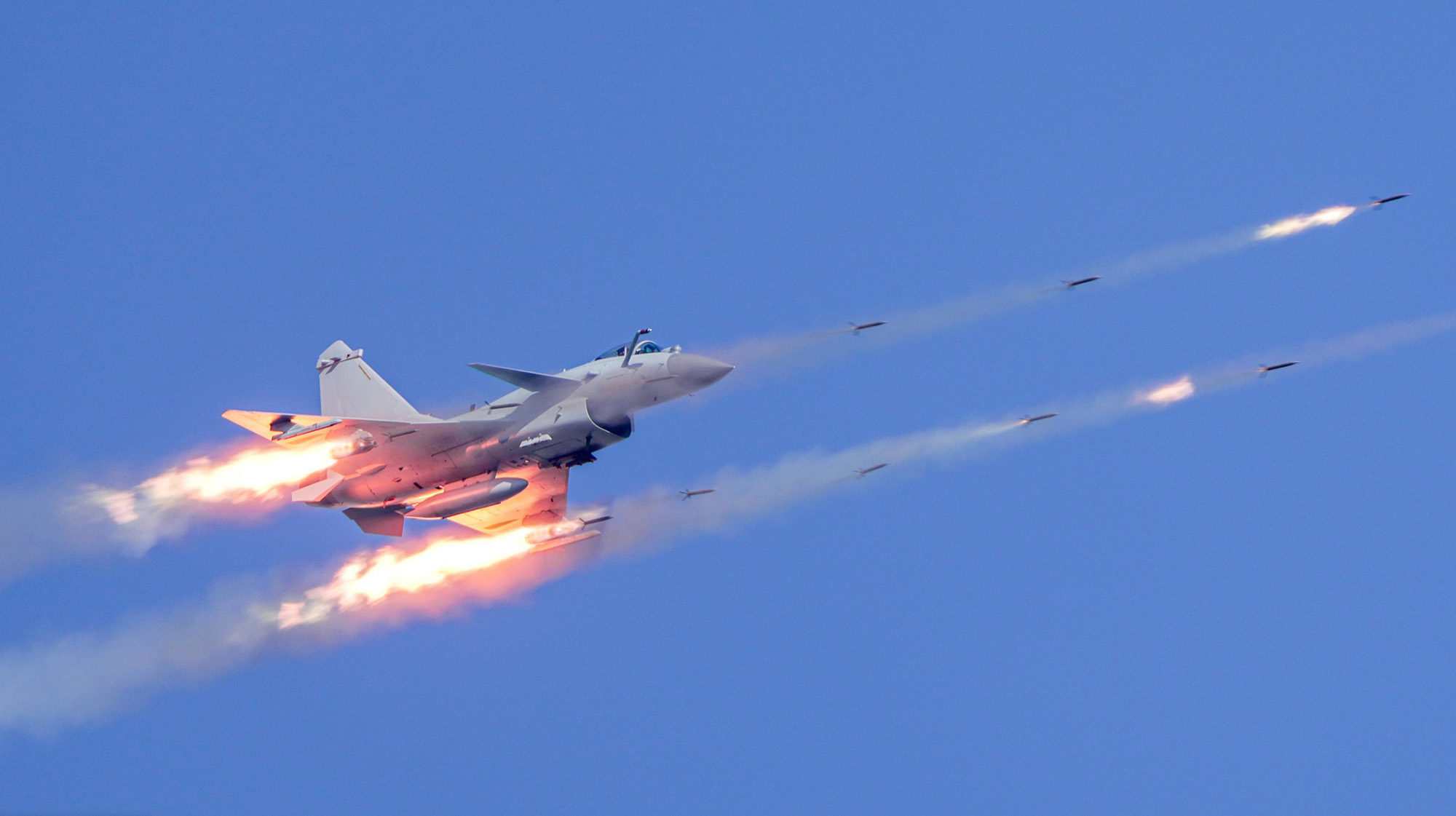The Air Force test launched its second unarmed Minuteman III intercontinental ballistic missile of the year from Vandenberg Space Force Base, Calif., May 21.
The missile, carrying a single Mk21 high-fidelity reentry vehicle, took off at 12:01 a.m. Pacific Time to travel more than 4,200 miles at over 15,000 miles per hour, striking a designated target area near Kwajalein Atoll in the Marshall Islands.
“This ICBM test launch underscores the strength of the nation’s nuclear deterrent and the readiness of the ICBM leg of the triad,” Gen. Thomas Bussiere, head of Air Force Global Strike Command, said in a statement. The Air Force so far has conducted about 300 routine ICBM test launches, including one earlier this year.
The Ronald Reagan Ballistic Missile Defense Test Site in the Marshall Islands collected the reentry vehicle’s travel data, while advanced sensors tracked the missile’s flight during the terminal phase to assess its performance.
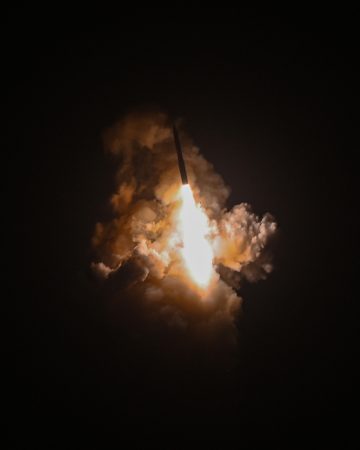
For the test launch, a randomly selected Minuteman III missile was pulled from Malmstrom Air Force Base, Mont. The Air Force stations these missiles across fields in Montana, Colorado, Nebraska, North Dakota, and Wyoming. For “Glory Trip” tests, a partially disassembled missile is pulled from a silo, transported by truck across the country, and reassembled at the California test site. Crews from Malmstrom’s 341st Missile Wing and the 90th Missile Wing at F.E. Warren Air Force Base, Wyo., supported the maintenance efforts for the May test. The service’s release said that Airmen from all three ICBM wings—the 90th, 91st, and 341st Missile Wings—participated in the test launch.
“This powerful safeguard is maintained by dedicated Airmen—missileers, defenders, helicopter operators and the teams who supports them—who ensure the security of the nation and its allies,” Bussiere added.
The 95th Wing’s 625th Strategic Operations Squadron at Offutt Air Force Base, Neb., additionally plays a key role in ensuring ICBM command and control. The squadron writes and verifies missile targeting instructions and supports the Airborne Launch Control System (ALCS)—a backup system that can send launch commands from the air if ground systems are compromised. Aboard a U.S. Navy E-6B Mercury aircraft, the ALCS preserves nuclear command and control, ready to trigger launches remotely if needed. Last month, the squadron conducted its routine ALCS test as part of its biannual exercises, and the Air Force conducted an airborne ICBM test launch last November.
“Minuteman III remains the bedrock of our nation’s strategic deterrent, and the unwavering dedication of the Airmen who ensure its readiness are a testament to its inherent lethality,” said Col. Dustin Harmon, commander of Vandenberg’s 377th Test and Evaluation Group, the unit that oversees the tests.
The Air Force plans to replace its 55-year-old Minuteman III with the new Sentinel ICBM, though service officials now say the Minuteman missiles could stay in service until 2050, far longer than its original 2030s decommissioning timeline.
In last month’s defense reconciliation bill, lawmakers proposed adding $1.5 billion to the Sentinel program in the 2025 budget resolution, along with roughly half a billion to keep Minuteman operational. The service leaders and experts have advocated for critical upgrades to the system, including modifications to its silos, electronics and warheads to ensure the weapon’s continued viability.
“As we look to the future, these same Airmen are paving the way for the Sentinel ICBM, ensuring a seamless transition to this next-generation capability and the continued security of our nation,” added Harmon.
